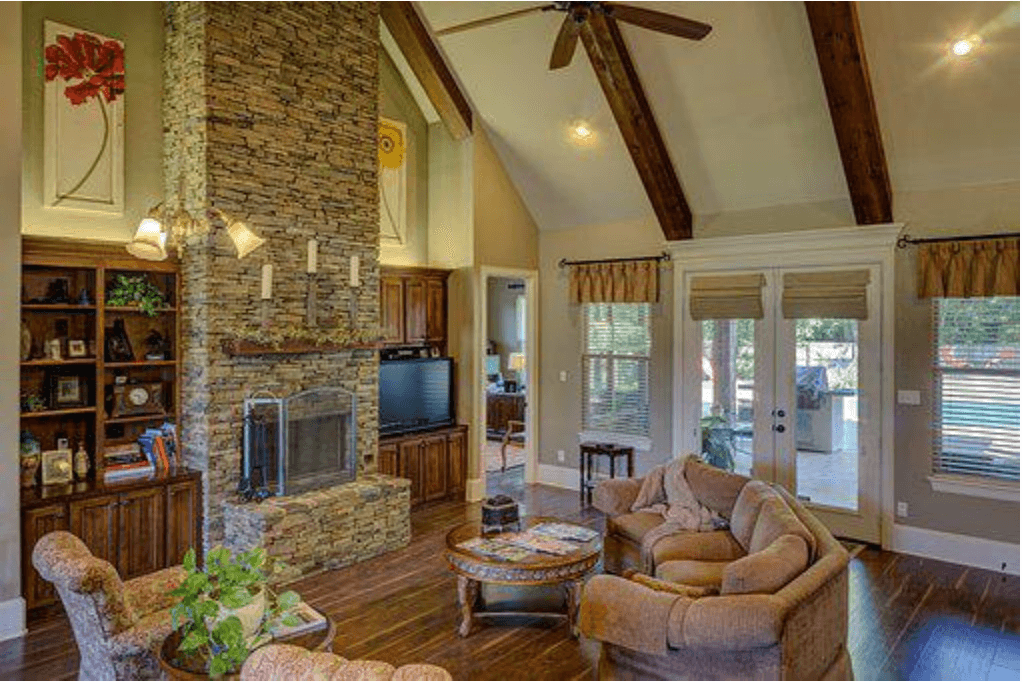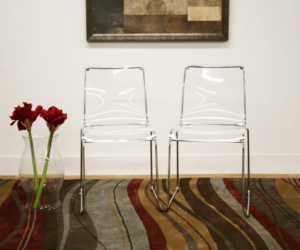Natural light is healthy, helps with sleep, and reduces eye strain. Plus, it makes the house look better. But as many homeowners know, adding more windows can be expensive and complex—especially if you live in an old home or apartment building. And even for those who do have lots of windows, there are still plenty of rooms without enough natural light. Best of all, natural light will not come due at the end of the month like your electric bill. Most homes were not built with abundant natural light in mind, but there are some easy and creative ways to bring more sunlight into your home without spending a lot of money or time.

1. Install Flat Roof Windows
If you have a flat roof, you can use the extra space by installing one or more skylights. Unlike traditional skylights, flat roof windows are installed flush with the ceiling, making them less obtrusive. And since they’re placed closer to the ceiling, they’ll let in more light than a standard skylight. Installing flat roof windows is a great way to get more natural light into your home. Remember, they are on your roof, and nothing stops the light from coming in. This makes them one of the most efficient ways to get more natural light into your home.
2. Paint Your Interior Wall and Ceiling With Brighter Colors
Painting your walls and ceiling with lighter colors is one of the quickest and easiest ways to reflect more light and make a space feel brighter and larger. The best paint colors for maximizing natural light are white, pale blue, green, or other light hues. Opt for a pale pastel shade if you want to add some color to your space without making it feel too dark.
Light Reflectance Value (LRV) measures how much light a color reflects. The higher the LRV, the lighter the color will reflect. When choosing paint colors, always look for ones with an LRV of 55 or higher. Keep in mind that while light colors reflect more light, they can also make a space feel colder. If you want to add some warmth to a room, try painting one wall a dark color and the other walls a light color.
3. Use Mirrors to Reflect Light
Mirrors are one of the most effective ways to reflect light and make a space feel brighter and larger. If you have a dark and narrow hallway, placing a large mirror at the end will help reflect light and make the space appear wider. You can also use mirrors to brighten up dark corners in any room or reflect light from a window onto another area of the room.
The best thing about mirrors is that they’re relatively inexpensive and easy to find. You can usually find them at your local home goods store or online. Paint them with a glossier paint to make them pop and reflect even more light.
4. Replace Heavy Curtains With Lighter Drapes
Heavy curtains can block out a lot of natural light, making a room feel dark and small. If your home has curtains made from thick fabric, replace them with lighter drapes made from sheer material. Sheer drapes will allow more light to filter the room without sacrificing privacy. Look for drapes made from lightweight linen, cotton, or sheer fabric. And when it comes to color, white or light-colored drapes will do a better job of reflecting light than dark-colored ones.

5. Opt for a Light-Colored and Polished Floor
Another way to make a space feel brighter and more open is to choose a light-colored floor. Pale wood floors, white tile, or light-colored carpet will help reflect light and make a room feel airier. If you have hardwood floors, you can also try polishing them to give them a bright and shiny finish.
While you may not want to use a bright white floor tile, a lighter color will still do a good job of reflecting light. Beige, light gray, or even pale pink are all good choices. Ensure you select a polished finish that will aid in light reflection.
6. Keep Your Windows Clean
One of the simplest ways to get more natural light in your home is to make sure your windows are clean. Dirt, dust, and fingerprints can all cause windows to appear darker than they are. In addition to making your windows look cleaner, washing them will also help them reflect more light.
If you have large windows, you may want to hire a professional window washer to clean them for you. But if you have smaller windows, you can easily wash them yourself using a vinegar and water solution. When cleaning your windows, use a lint-free cloth to avoid streaks.
7. Remove or Trim Trees and Shrubs Near Your Home
If you have trees or shrubs blocking your home’s windows, they could be preventing natural light from coming in. To get more light into your house, you may need to spruce up your backyard. Remove some of the plants blocking your windows. If you don’t want to eradicate the plants, you can also try trimming them back, so they’re not as obstructive.
Replace Overgrown plants with smaller ones or ones that don’t grow as tall. Trim any plants blocking windows, especially if they’re close to the glass. By removing or trimming back obstructive plants, you’ll allow more light to enter your home.
8. Add a Skylight
If you want to add a lot of natural light to your home, consider installing a skylight. Skylights are windows installed in the ceiling and let in an abundance of natural light. In addition to making a space feel brighter, skylights can also help reduce your energy costs by providing free heat in the winter. Installing a skylight is a big project, and it’s not something that most people can do on their own. If you’re interested in adding a skylight to your home, you’ll need a professional contractor to do the job.
There are several ways to get more natural light into your home. If you’re looking for a quick and easy way to brighten your space, try washing your windows or installing flat roof windows. And if you want to make a bigger commitment, consider replacing heavy curtains with lighter drapes or installing a skylight. By making a few simple changes, you can brighten up your space and make it feel more open and airy.



